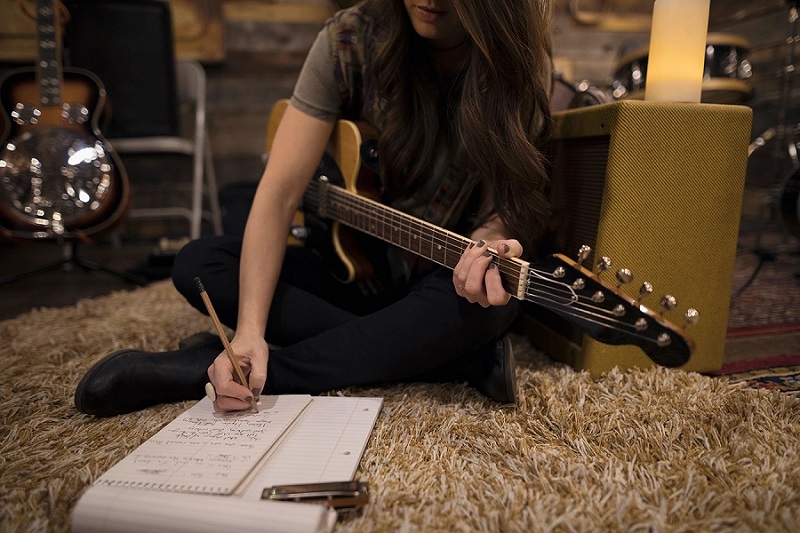If you’ve never written a song before, or if you are struggling with a case of ‘songwriter’s block’, it can be difficult to make progress.
For a song to be a hit, it has to be unique, yet catchy enough to be memorable. This may pose a challenge when trying to come up with a riff that hasn’t been used before.
To remedy this, some songs use samples of older tracks, which allows them to cash in on an existing hit with established memories and connections. For example, Queen’s Another One Bites The Dust was sampled on Hollaback Girl by Gwen Stefani, which was in turn sampled by Dua Lipa on her hit Hallucinate.
For greater originality, you can come up with your own musical riffs from your own inspiration, or by adapting riffs from other songs that you like.
Now you know from where to mine your melodies, let’s take a look at how to turn the raw materials into chart hits.
- Find Your Process
Some artists prefer to write their lyrics first then fit the melody around the words. Others prefer to write the melody first and choose lyrics that fit with the tune and beat. If you’ve written songs before, you may already have a good idea of which process works best for you.
If you’re new to songwriting, consider your natural abilities and talents. What aspect of it do you find most natural?
If you’re inclined towards music, and can easily visualise the atmosphere you want to create, you may prefer to write your music first. But if you’re more of a wordsmith, it may feel easiest to write your lyrics first and then fit the melody around them.
- Get Inspired
There are many ways that artists get inspired to write their songs. Consider what interests you, and the things you are passionate about.
If you feel inspired by nature, for example, try taking a walk. The pace of your feet will set a steady 2/4 rhythm, which it is easy to construct a melody around.
- Get Jamming!
Some of the best sources of inspiration come from collaborating with other artists and coming up with musical themes on the spur of the moment. A lot of the best original jazz was composed on the spot as a result of the creative fusion between a group of artists.
Collaboration allows you to draw on the experience of other musicians, and you may well find that the process flows more easily by just going where the mood takes you.
- Find Your ‘Hook’
Your song’s ‘hook’ is the part of the melody which grabs your listener’s attention and stays with them. It should be catchy, memorable, and ideally involve an element of repetition, which makes it accessible to a new audience.
Your hook can be the chorus, but it can also be a repeating riff, or even the intro/outro of the song. Once you’ve got your riff, you can build the rest of your track around it.

